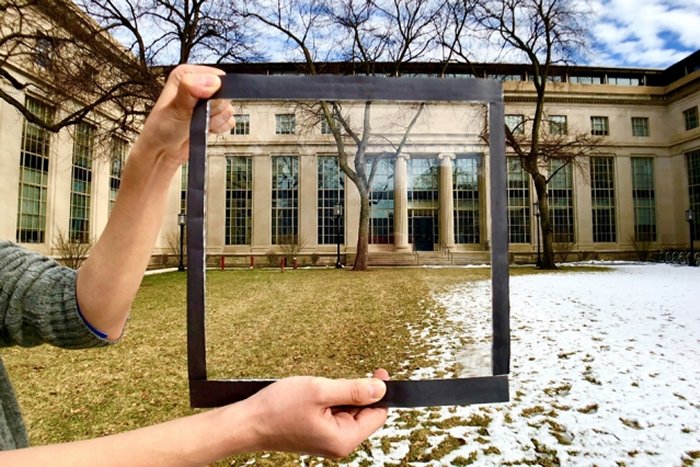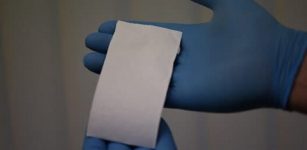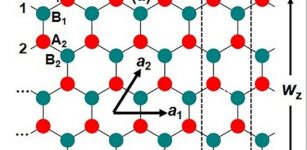Windows That Can Reflect Up To 70 Percent Of Sun’s Incoming Heat
MessageToEagle.com – MIT engineers have developed a heat-rejecting film that could be applied to a building’s windows to reflect up to 70 percent of the sun’s incoming heat.
The film is able to remain highly transparent below 32 degrees Celsius, or 89 degrees Fahrenheit.
Above this temperature, the researchers say, the film acts as an “autonomous system” to reject heat. They estimate that if every exterior-facing window in a building were covered in this film, the building’s air conditioning and energy costs could drop by 10 percent.

The film is like transparent plastic wrap, and its heat-rejecting properties come from tiny microparticles embedded within it.
These microparticles are made from a type of phase-changing material that shrinks when exposed to temperatures of 85 degrees Fahrenheit or higher.
“It’s like a fishnet in water,” Nicholas Fang, a professor of mechanical engineering at MIT said in a press release. “Each of those fibers making the net, by themselves, reflects a certain amount of light. But because there’s a lot of water embedded in the fishnet, each fiber is harder to see. But once you squeeze the water out, the fibers become visible.”
“Smart windows on the market currently are either not very efficient in rejecting heat from the sun, or, like some electrochromic windows, they may need more power to drive them, so you would be paying to basically turn windows opaque,” Fang says.
“We thought there might be room for new optical materials and coatings, to provide better smart window options.”
Just over a year ago, Fang began collaborating with researchers at the University of Hong Kong, who were keen on finding ways to reduce the energy usage of buildings in the city, particularly in the summer months, when the region grows notoriously hot and air-conditioning usage is at its peak.
“Meeting this challenge is critical for a metropolitan area like Hong Kong, where they are under a strict deadline for energy savings,” says Fang, referring to Hong Kong’s commitment to reduce its energy use by 40 percent by the year 2025.
After some quick calculations, Fang’s students found that a significant portion of a building’s heat comes through windows, in the form of sunlight.
“It turns out that for every square meter, about 500 watts of energy in the form of heat are brought in by sunlight through a window,” Fang says. “That’s equivalent to about five light bulbs.”
Fang, whose group studies the light-scattering properties of exotic, phase-changing materials, wondered whether such optical materials could be fashioned for windows, to passively reflect a significant portion of a building’s incoming heat.
The researchers created a solution of the heat-shielding microparticles, which they applied between two sheets of 12-by-12-inch glass to create a film-coated window.
They shone light from a solar simulator onto the window to mimic incoming sunlight, and found that the film turned frosty in response to the heat. When they measured the solar irradiance transmitted through the other side of the window, the researchers found the film was able to reject 70 percent of the heat produced by the lamp.
read more in original story – here
MessageToEagle.com










